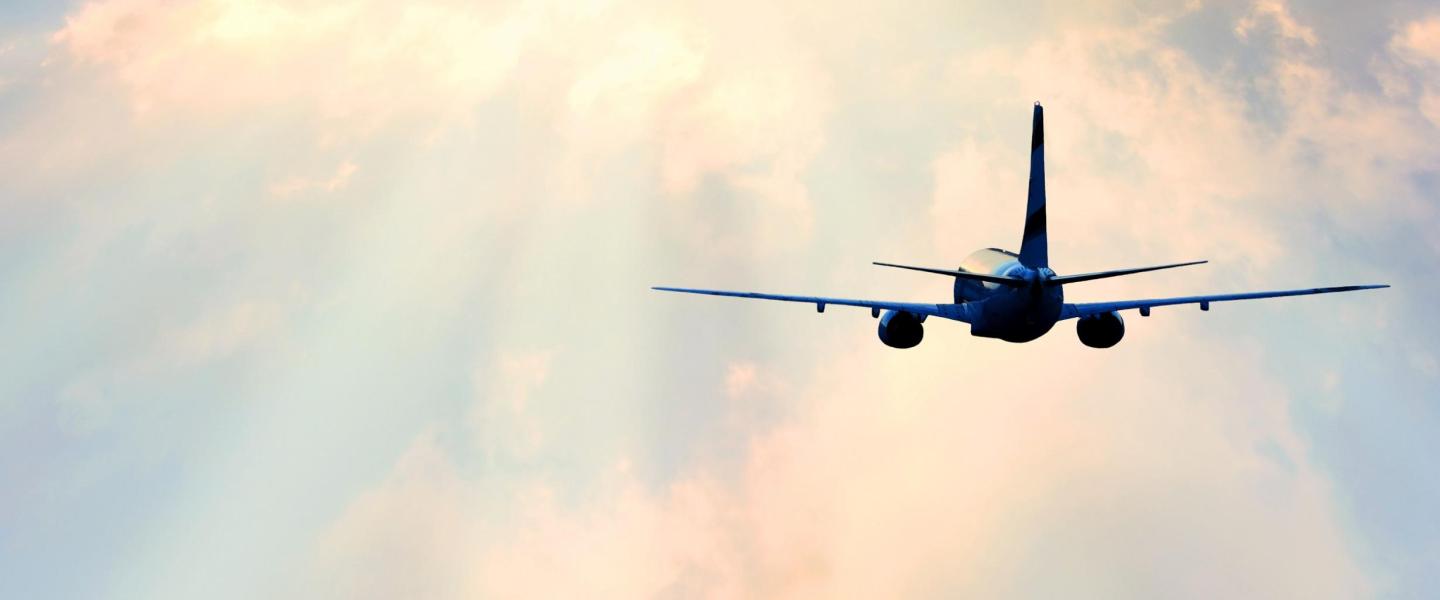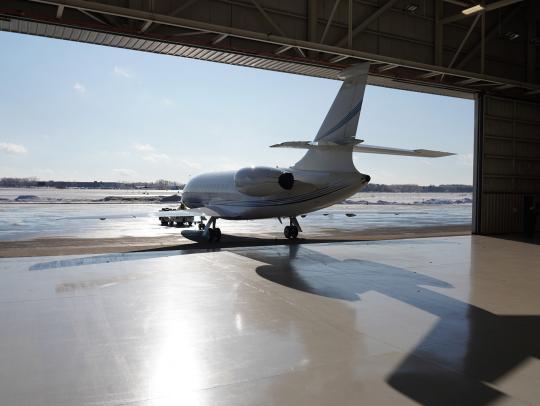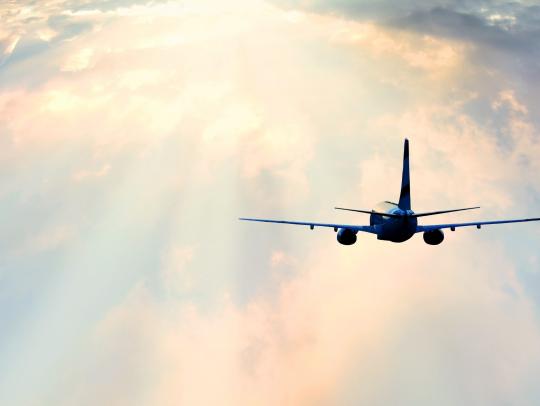Immersed in the Digital World at 39,000 feet

SES and partners are launching the world’s most advanced and efficient aeronautical connectivity solution over the Americas
To satisfy demanding and digitally-connected passengers, airlines consider inflight entertainment (IFE) and inflight connectivity (IFC) as critical components of their competitive strategy.
Global space market consulting firm, Euroconsult, revealed that total revenue from passenger connectivity services is expected to explode, from US$700 million in 2015 to nearly $5.4 billion by 2025. The main driver comes from the rapid growth in High Throughput Satellites (HTS) – for both Ka- and Ku-bands.
Investing and partnering for growth
In a 2016 whitepaper titled “Sky High Connectivity”, SES highlighted the projected growth in demand for satellite connectivity in the aeronautical sector, with the number of connected commercial aircraft expected to grow from 5,300 in 2015 to 23,100 in 2025 - and made correspondingly significant investments and procured four satellites to tap into the upcoming exploding demand.
The latest of such investment is SES-17 – a Ka-band HTS satellite optimised for aviation connectivity, procured in September 2016 and planned for launch in 2020. Thales came on-board as the anchor customer for SES-17, and will use the satellite to deliver a next-generation IFC service, FlytLIVE, to the Americas. The addition of a digital transparent processor on SES-17 will also dramatically increase its coverage, capacity, and redundancy, enabling the best connected inflight experience that FlytLIVE can deliver well into the future.
FlytLIVE aims to provide an immersive and engaging experience in the air. Not only will it provide passengers with the full broadband internet connectivity, it will be able to anticipate their wants and provide them with the video content, games and social media they are used to. In addition, airlines can upload content, download operational data, and run business applications and network services for improved operations on the ground and in the air.
And to turn this promise into reality prior to the launch of SES-17, SES and Thales partnered with Hughes, a global leader in satellite broadband technology and a long-time SES partner to create:
- A four-satellite constellation that combines SES’s AMC-15 and AMC-16 network with contracted service from Hughes satellites: EchoStar XVII and EchoStar XIX
- A terrestrial network boost with ground segment operations contracted to Hughes, in addition to the purchase of multiple JUPITER System gateways
- A network that will enable extended coverage, enhanced capacity, increased redundancy
These components – together with SES-17 planned launch in 2020 – will enable FlytLIVE’s network to comfortably accommodate forecasted traffic increases.
Pushing the boundaries of connectivity
This partnership with Thales and Hughes represents a strategic leap forward for SES. Thanks to this multi-satellite solution, SES can offer Thales the most enhanced coverage for the full gamut of North American flight routes, and effectively connect the vast but underserved open ocean segments across North-eastern US and Canada, and the Caribbean.
More importantly, SES’s partnership with Thales and Hughes allows SES to greatly enhance FlytLIVE, by combining all the three members’ assets and capabilities to deliver a superior, tailor-made, multi-satellite and multi-beam solution.
With a unique combination of coverage, performance, redundancy and network robustness, this network is a powerful demonstration of SES’s commitment to leadership in the aviation industry. In a short span of two years, SES has gone from being a newcomer to a leader in the market, thanks to the biggest investments ever made for the sector to date. Today, SES can offer the most robust network in the aviation market, and has secured a strong position to offer scalable, flexible and future-ready solutions to new customers.
This investment promises to push the boundaries of what the industry and its passengers can expect as we move towards a completely-connected future; even if that future is at 39,000 feet.
Related content
| SES White Paper "Connected Planes, Smart System" |

